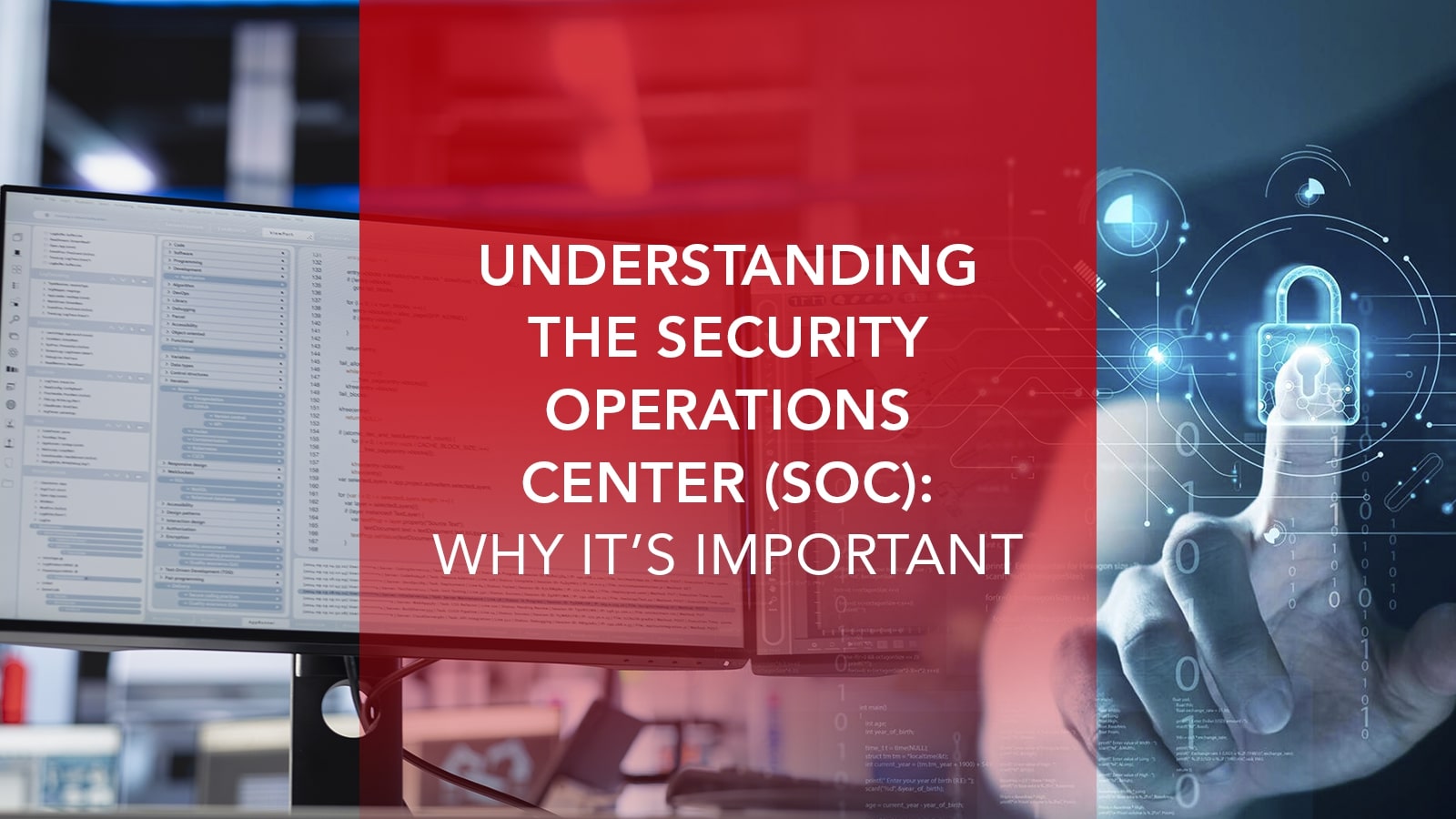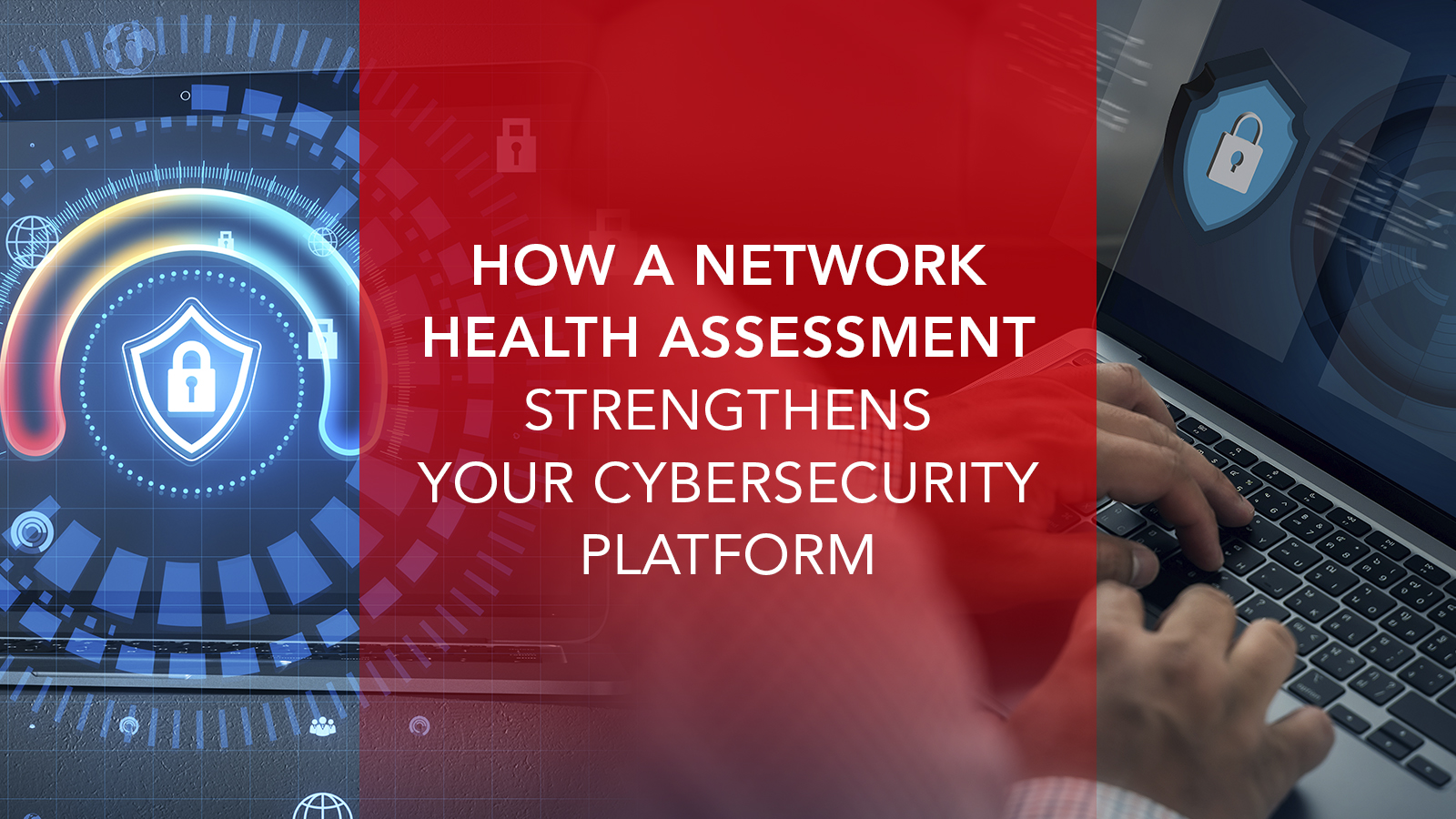Security risks represent a substantial threat to the operations of organizations across the globe. Not only can security incidents expose sensitive data and disrupt daily operations, but they can also affect an organization’s profitability, reputation, and ultimately, ability to keep their doors open.
Most companies will perform generalized assessments from time to time, but providing your network with the protection it deserves requires that you conduct in-depth security risk assessments as well. They should be conducted at least biennially, or once every two years. For industries that deal with particularly sensitive data, performing security risk assessments more often may be required by regulatory bodies.
Regularly performing these assessments gives business owners and security teams a comprehensive view of the security risks we face, as well as the tools we need to eliminate or mitigate the damage those risks could potentially cause. Let’s look at what security risk assessments are, how they are performed, and how they benefit organizations both large and small.
An Introduction to Security Risk Assessments
Any organization that values the security of their networks should make routine security risk assessments a part of their ongoing review processes. These risk assessments provide us with the information needed to help protect our sensitive data and our organizations’ reputations and financial stability. Here is how they work.
What is a security risk assessment?
A security risk assessment, or SRA, is a thorough examination of an organization’s security stack, either in whole or in part. It is intended to give management a holistic view of their application portfolios, assets, and other technologies and processes, with a focus on preventing security defects and vulnerabilities across the board. The end result shows us where potential vulnerabilities lie, how likely they are to be exploited by threat actors, the severity of a failure at any one of those vulnerable points, and how best to remediate any identified security defects.
Organizational security teams use the information gathered to identify areas of risk and make informed decisions regarding resource allocation, tooling, and prioritizing the implementation of security controls to protect companies from security incidents. Some common types of security risk assessments include:
IT Security Assessments
In a holistic cyber security risk assessment, it is important to look at the network as a whole. Even though our data is well secured and applications are up to date, things like missing patches, weak encryption, and unnecessary services may present potential vulnerabilities within the network. Analyzing the network as a whole allows us to see weak spots that we might miss with a more surgical approach.
Data Security Assessments
We have moved the bulk of our data into network servers over the past couple of decades, which means thieves no longer need to break into your physical location to gain access to sensitive information. Something as simple as an employee with poor password hygiene can allow threat actors to access data sets that are capable of crippling a business. Ensuring that data is well protected is one of the primary goals of a security risk assessment.
Application Security Assessments
Applications are designed to make our work much easier, but these third party products can contain bugs and present other vulnerabilities that put our networks at risk. Combine that with the fact that we are using more and more applications every day, and we’ve got dozens of potential weak points that could be spread throughout our security stack. Assessing each application that is tied to our networks is a vital part of protecting them.
Insider Threat Assessments
Not all threats originate outside the organization. Moreover, not all threats that originate from inside the organization involve nefarious individuals. Things like poor security hygiene and outdated or unapproved hardware can present a significant threat as well. If you do a lot of work through third parties, a third-party security risk assessment may also be necessary.
Third-Party Risk Assessments
A third party accessing your network can present the same potential vulnerabilities that an employee would. If their security posture doesn’t meet your organization’s minimum security standards, they will need to be brought into compliance.
Physical Security Assessments
Additionally, not all risks come in the form of hackers or jilted employees. Physical damage to our network infrastructure has the ability to do just as much damage. For example, if your servers are stored below sea level in a flood prone city, this is something that must be taken into account. Assessing risks posed to our physical infrastructures and designing plans to deal with them can save us tens of thousands of dollars in down time.
Why is a Holistic Cybersecurity Approach Important?
As you can see, there are a lot of moving parts in modern business networks, and any one part can present vulnerabilities that may seriously interrupt the way we work. A holistic approach, or one that recognizes that each element is a component of the whole, gives us a better view of the interconnected nature of network elements. This allows us to see things that could otherwise hide in plain sight.
Risk Management vs Security Risk Assessment
Risk management and security risk assessments are related ideas, but they are not the same thing. Security risk assessments are meant to analyze things like networks, data vaults, and user behaviors for potential vulnerabilities, while risk management is the act of doing something about the vulnerabilities identified through the analysis provided by risk assessments.
Risk management can even be thought of as the output of a security risk assessment. It’s not quite that cut and dry, but risk management involves ongoing efforts to address vulnerabilities and fix potential issues that are identified through evaluations like risk assessments. The ultimate goal of risk management is the development of a strong security posture with the ability to fix or patch vulnerabilities as soon as they are identified.

Conducting Effective Security Risk Assessments
There are a number of different types of potential security risks out there, and as such, there are different types of risk assessments intended to deal with each. Wide coverage is crucial in making sure all vulnerabilities are addressed, so we focus on the following areas: Conducting a thorough security risk assessment involves a number of factors, including:
Identifying all Critical Assets on Your Network
The first step in conducting a security risk assessment is to identify the assets that might be vulnerable to attack. If these assets are compromised, the organization could suffer effects ranging from a temporary shutdown to a large-scale data breach that can cost millions to remedy. Security risk assessments may cover any number of the following areas:
Review
A thorough review of all assets will show where potential vulnerabilities lie. It will also give you the information needed to determine how harmful an attack at each location could be. It is important to review the whole network before investing a lot of time and resources tackling comparatively trivial issues.
Assessment
After identifying how and where security incidents could arise, it is important to assess that information and find out how serious each potential incident could be. A breach to an important data vault can cause much more harm than an attack which simply interrupts service for a couple of hours. Assessing the potential for damage will help you prioritize the order in which you tackle the issues.
Risk Prioritization
After your assessment is complete, you will have a good idea which vulnerabilities could result in the most damage, and are therefore most important to tackle first. A simple prioritization scale from one to three is an easy way to quickly identify which vulnerabilities require immediate attention, and which ones can wait.
Risk Mitigation
Once the assessment is complete, we must recommend actionable items to remediate any threats found through the process. Also, if a threat is incredibly unlikely to come to fruition, identifying them as such results in less wasted time and money. If your organization is headquartered in a desert region, the risk of a flood is unlikely. Even if a flood could wipe out all your servers, there is little need to protect against one.
Prevention
Patching holes and eliminating today’s threats provide crucial protection for your network, but the next step is to focus on prevention. As we learn more and more about the new classes of attacks, implementing preventative measures helps us stay ahead of the game and readies our defenses against future incidents.
Why Security Risk Assessments are Important Tools for Organizations
Few tools provide you a current snapshot of your organization’s security posture at this very minute than the security risk assessment. It provides you with an in-depth look at your entire network, yes, but there are a whole host of other benefits that come out of these assessments.
They Help Protect Information
The information contained in our databases is often a target for cybercriminals. If that information reaches the wrong hands, it can lead to lawsuits and expensive remediation. It is much easier and cost effective to protect that information on the front end than it is to clean up the mess after a data breach has occurred.
They Help Protect Physical Assets
Today, nearly every piece of electronics or machinery in our homes and offices are connected to our local networks. We are now able to turn lights on and off with our phones, and lock and unlock our doors from anywhere in the world. If an unauthorized user gains access to those controls, it can spell disaster. Through a security risk assessment, we can identify any vulnerabilities and keep access limited to those who belong with the organization.
They Keep Us Compliant
Many industries require security risk assessments, due to large amounts of personally identifiable information, financial information, medical information, or public safety implications that could cause significant harm if leaked. Security risk assessments are a big part of keeping compliant with the governing bodies that mandate industry standards and security protocols.
They Help Minimize Financial and Reputational Damage
If an attack is successful, it often means that the organization spends huge amounts of money minimizing the amount of damage done to protect its reputation. A successful data breach or other security incident could cost an organization tens of thousands to millions of dollars to remedy, and the reputational damage could lead to lost revenue for a period of time. Taking steps to prevent attacks is a worthwhile investment of time and money. Additionally, being able to react and respond in a timely manner to a data breach can minimize the damage done to an organization’s reputation and also reduce the total financial cost the organization can expect to incur as a result of that breach.
They Help Protect Intellectual Property
Additionally, the loss of intellectual property via a security breach could be equally devastating to organizations. Protecting the information that gives us an advantage in our operating space allows us to beat the competition. The loss of that information could put us at a serious disadvantage.






